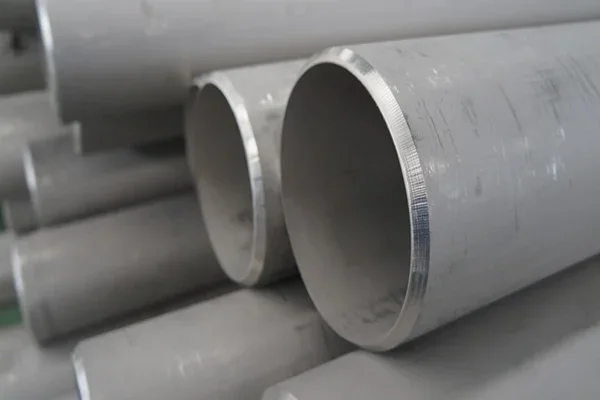In the world of stainless steel, one alloy stands out for its exceptional corrosion resistance and versatility: 316 stainless steel tubing. This article takes an in-depth look at the characteristics, applications, manufacturing processes, and benefits of steel tubing, a material that has become synonymous with durability and reliability.
Understanding 316 Stainless Steel Tubing
1. Composition and Alloy Characteristics
316 stainless steel tubing belongs to the austenitic family and is composed of iron, chromium, nickel, and molybdenum. This alloy’s unique composition imparts remarkable corrosion resistance, making it suitable for a wide range of applications, particularly in aggressive environments.
2. Corrosion Resistance
One of the standout features of steel tubing is its superior corrosion resistance. The presence of molybdenum enhances its ability to withstand corrosion from chlorides, acids, and other corrosive substances. This makes it an ideal choice for applications where exposure to harsh elements is a constant concern.
Applications Across Industries
3. Marine and Coastal Engineering
316 stainless steel tubing finds extensive use in marine and coastal engineering due to its resistance to saltwater corrosion. From boat fittings to coastal structures, this alloy ensures longevity in harsh marine environments.
4. Chemical and Petrochemical Industries
In chemical and petrochemical industries, where exposure to corrosive chemicals is inevitable, stainless steel tubing is a preferred material. Its resistance to acids and caustic substances makes it a reliable choice for piping systems and equipment.
5. Medical Equipment
The medical industry relies on the biocompatibility and corrosion resistance of 316 stainless steel tubing for various applications, including medical implants and instruments. Its resistance to pitting and crevice corrosion ensures the integrity of critical medical devices.
Manufacturing Excellence
6. Hot and Cold Working Processes
The manufacturing of 316 stainless steel tubing involves both hot and cold working processes. Hot working shapes the initial forms, while cold working imparts the desired dimensions and surface finish. This combination of processes ensures the tubing’s structural integrity and aesthetic appeal.
7. Annealing for Enhanced Properties
Annealing, a heat treatment process, is a crucial step in the production of steel tubing. This process not only relieves internal stresses but also enhances the material’s mechanical properties, such as hardness and strength.
Specialized Forms of 316 Stainless Steel Tubing
8. Seamless vs. Welded Tubes
316 stainless steel tubing is available in both seamless and welded forms. Seamless tubes, crafted without welding seams, offer superior strength and corrosion resistance. Welded tubes, while cost-effective, maintain impressive performance in various applications.
9. Precision Tubes for Critical Applications
In applications requiring high precision, specialized forms of 316 stainless tubing, known as precision tubes, are employed. These tubes undergo additional processes to meet stringent dimensional tolerances and surface finish requirements.
Advantages and Considerations
10. Advantages of 316 Stainless Steel Tubing
- High Temperature Resistance: Retains its strength and corrosion resistance even at elevated temperatures.
- Ease of Fabrication: The alloy’s malleability and formability simplify fabrication processes, making it a versatile material for various applications.
- Hygienic Properties: Widely used in the food and beverage industry, 316 stainless steel tubing’s non-reactive and easy-to-clean surface ensures compliance with hygienic standards.
Considerations in Usage
- Cost: While 316 stainless steel tubing offers unparalleled performance, its cost can be higher than some alternatives. Considerations about the budget must be weighed against the alloy’s long-term benefits.
- Compatibility: While highly corrosion-resistant, 316 stainless steel may not be suitable for all environments. Understanding the specific application conditions is crucial for optimal performance.
In Conclusion
316 stainless steel tubing stands as a testament to metallurgical excellence, offering a combination of corrosion resistance, versatility, and durability. Its applications span across diverse industries, from marine engineering to medical equipment. The manufacturing processes, specialized forms, and inherent advantages make it a material of choice for critical applications where performance and longevity are non-negotiable. As technology and industry standards evolve, steel tubing continues to play a crucial role in shaping the infrastructure and products that define our modern world.
Read more articles on usidesk

